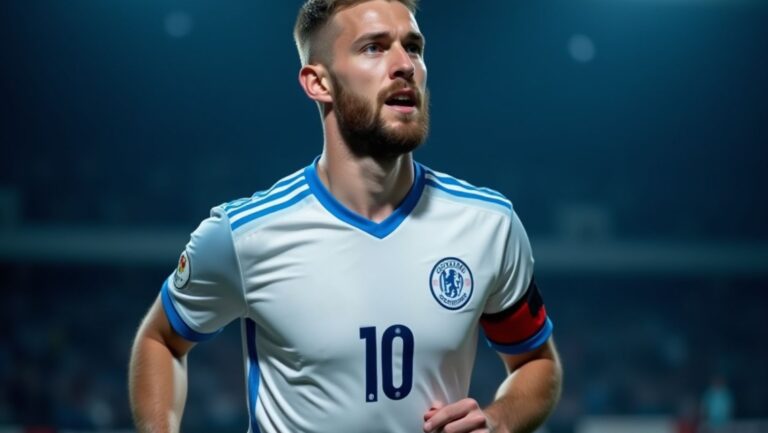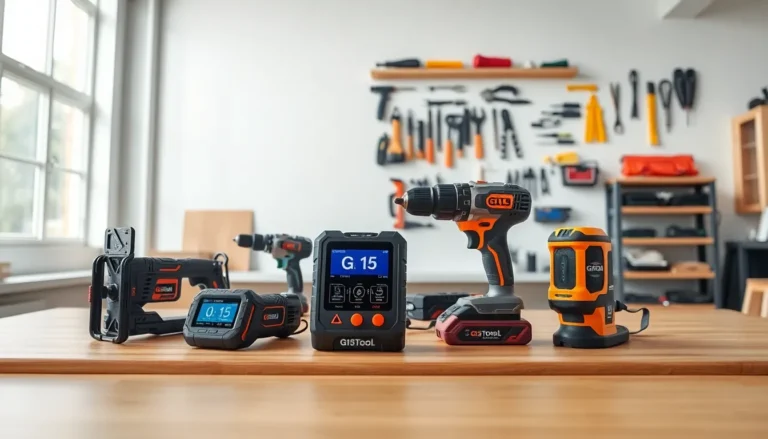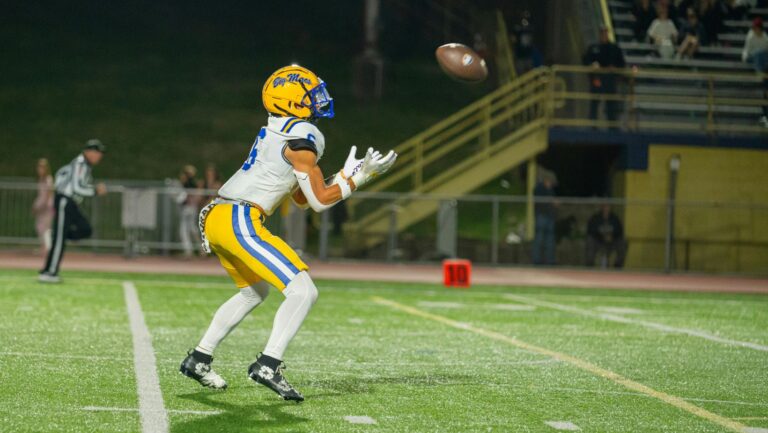If you’ve played FIFA long enough, you know the names that still echo in memory. The players who made your palms sweat and your opponent slam the pause button in despair. Every era has its legends. Some were inevitable. Messi gliding past defenders, Ronaldo blasting goals from anywhere. Others were cult heroes, cheaper cards or silver-rated beasts that somehow played like gods in the right hands.
Now that EA Sports FC 26 has landed, it feels like the right time to take a walk down memory lane. From FIFA 10 to FC 26, here are the fan favorites who defined their era – the overpowered gods, the Career Mode gems, and the FUT cult heroes. Want to play with your favorite stars right away? Check out trusted FC coins and skip the grind.
FIFA 10-11: The Ibarbo Generation Begins
Before Ultimate Team truly dominated, Career Mode was king. FIFA 10 and FIFA 11 leaned heavily on wonderkids. Freddy Adu had faded in real life, but gamers latched onto the likes of Sergio Agüero, Eden Hazard, and Alexandre Pato.
In FIFA 11, the FUT scene exploded around pace. That’s where the myth of Victor Ibarbo began. The Colombian forward, thanks to his blistering speed and strength, became one of the earliest “cheap beasts.” He wasn’t alone. Seydou Doumbia, Emmanuel Emenike, and Welliton all gained cult status for their ability to bulldoze defenses that, on paper, should have stopped them.
Community consensus is clear: these players weren’t just good, they were unfair. If you matched against them, you braced yourself for a long 90 minutes.
FIFA 12: Messi’s Dribbling Clinic
FIFA 12 introduced the “Impact Engine,” which made collisions and animations more dynamic – sometimes hilariously so. But it was also the year Lionel Messi reached cheat-code status. His dribbling engine felt silkier than anyone else’s. Defenders bounced off him. Even players who preferred physical strikers started learning to “left-stick dribble” just to experience the magic.
Alongside Messi, Cristiano Ronaldo was the obvious powerhouse. Yet this was also the year of Career Mode sleepers: players like Christian Eriksen, Neymar (still a teenager), and Eden Hazard were guaranteed investments. If you signed them in Manager Mode, you basically bought yourself a trophy run.
FIFA 13-14: The Birth of “Sweaty Goals”
If you played FIFA 13 or FIFA 14 online, you can still feel the trauma of pace abuse. This was the peak of the sweaty goal era – running down the wing and cutting across the box.
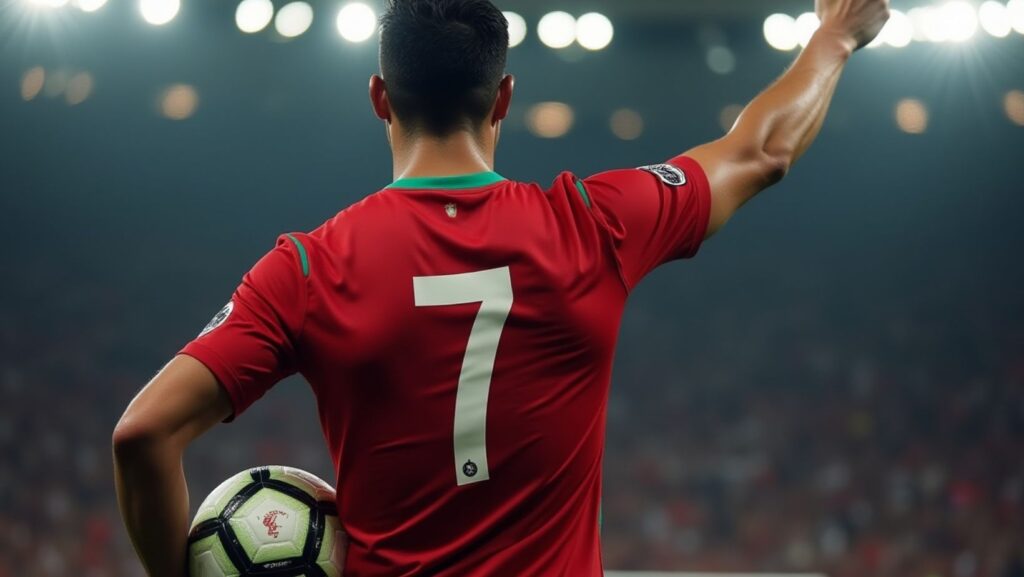
Fan favorites here weren’t necessarily the best players in real life, but the most broken in-game. FIFA 13 belonged to Ben Arfa, Stephan El Shaarawy, and Kevin Mirallas – all with five-star skills and the agility to humiliate defenders.
FIFA 14 doubled down with Adama Traoré emerging as an unstoppable winger, and the return of Ibarbo, Doumbia, and Emenike as the holy trinity of pace. On FUT, these cards were everywhere. In Career Mode, players like Paul Pogba and Romelu Lukaku were must-buys, reflecting their meteoric rise in real football.
FIFA 15-16: The Rise of Ronaldo and the Silver Beasts
FIFA 15 is remembered as the year Cristiano Ronaldo became the undisputed king of FUT. His shooting animations, combined with five-star skills and pace, made him the most feared card on the servers.
But silver cards also became legends. FIFA 15’s silver Renato Sanches and FIFA 16’s Bolasie, with their raw pace and dribbling, turned budget squads into nightmares. FUT Headliner threads from the time still rank these as some of the most frustrating players to face.
FIFA 16 also gave us N’Golo Kanté, first as a relatively unknown Leicester midfielder, then as the engine of every FUT midfield. Cheap, tireless, and everywhere – he became a fan favorite both online and in Career Mode.
FIFA 17-18: FUT Champions and the New Meta
The launch of FUT Champions in FIFA 17 changed the game. Suddenly, weekend performance mattered more than casual matchmaking. And that made meta players even more important.
FIFA 17 was dominated by Renato Sanches and Anthony Martial. Sanches, in particular, became the stuff of legend. Despite modest real-life form, his in-game card combined pace, strength, and technical ability in a way that outperformed almost every other midfielder.
FIFA 18 introduced Cristiano Ronaldo as the undisputed best, but it also gave us Kylian Mbappé’s first breakout card. Community consensus is unanimous: FIFA 18 Mbappé was the start of a dynasty. From that year on, he would always be a FUT staple.
FIFA 19-20: Broken Mechanics and Cult Heroes
FIFA 19 was the year of “time finishing” and finesse shots from outside the box. Arjen Robben and Mohamed Salah became lethal weapons cutting in from the wing.
FIFA 20, meanwhile, is remembered for Ryan Kent. His silver card, boosted by special promos, was almost unplayable in FUT. For months, FUT Reddit threads were full of complaints about how “Kent ruined FUT Champs.” He joined the pantheon of cheap legends alongside Adama Traoré and Moussa Sissoko.
These were divisive years – many players hated the gameplay mechanics, but the meta favorites became unforgettable.
FIFA 21-22: Mbappé, Neymar, and the Skill Kings
By FIFA 21, the meta was clear. Pace, five-star skills, and agility ruled. Neymar, Mbappé, and Cristiano Ronaldo became the FUT holy trinity. Community consensus still holds that FIFA 21 Mbappé was one of the most unstoppable cards in series history.
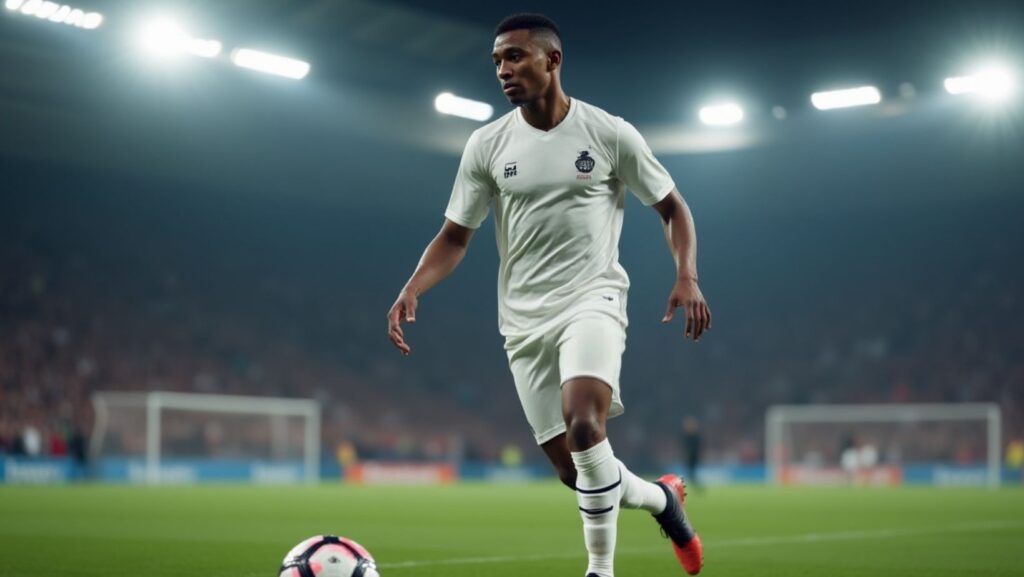
FIFA 22 reinforced this. Mbappé and Neymar were everywhere in FUT Champs, while N’Golo Kanté remained the go-to midfielder. This was also the era of Career Mode investment in young stars like Pedri, Jude Bellingham, and Erling Haaland, reflecting real-world shifts in football power.
FIFA 23-24: Haaland’s Arrival, Mbappé’s Prime
FIFA 23 marked the arrival of Erling Haaland as a true FUT beast. His combination of power, shooting, and animations made him a nightmare to defend. Mbappé, meanwhile, hit his absolute prime in-game. Together, they defined the FUT Champs meta: one brute-force striker, one lightning-quick dribbler.
When EA rebranded to FC 24, Mbappé remained the cover star and fan-favorite. Cards like his Team of the Year edition were not just powerful but near-mandatory in high-level play. Community consensus on FUT forums is blunt: if you didn’t have Mbappé, you were playing at a disadvantage.
FC 25-26: The New Era of Favorites
As of FC 26, early consensus is still forming, but a few things are already clear from official ratings and FUT community feedback:
- Kylian Mbappé remains the face of the game and a top-tier FUT favorite.
- Jude Bellingham has become a Career Mode must-buy, reflecting his real-world dominance at Real Madrid.
- Wonderkids like Endrick and Lamine Yamal are early fan favorites in Career Mode saves.
It’s too early to call who the “broken” card of FC 26 will be, but forums are buzzing with speculation. Unlike in earlier years, balance tweaks come faster now, which may keep any one card from becoming Ryan Kent-level infamous.
Final Whistle
From Ibarbo and Doumbia terrorizing defenses in FIFA 11 to Mbappé and Haaland defining the FUT era, each installment has created its own legends. Some mirrored real-world greatness. Others became legends purely because of how EA coded their pace, body type, or animations.
That’s the magic of FIFA – now FC. We don’t just remember the trophies or the promos. We remember the players who made us believe, rage, or laugh. The fan favorites who turned controllers into stories.
So as you fire up FC 26, take a moment to appreciate that you’re part of this history. Somewhere in those packs, squads, or Career Mode saves is the next cult hero we’ll still be talking about in ten years.

